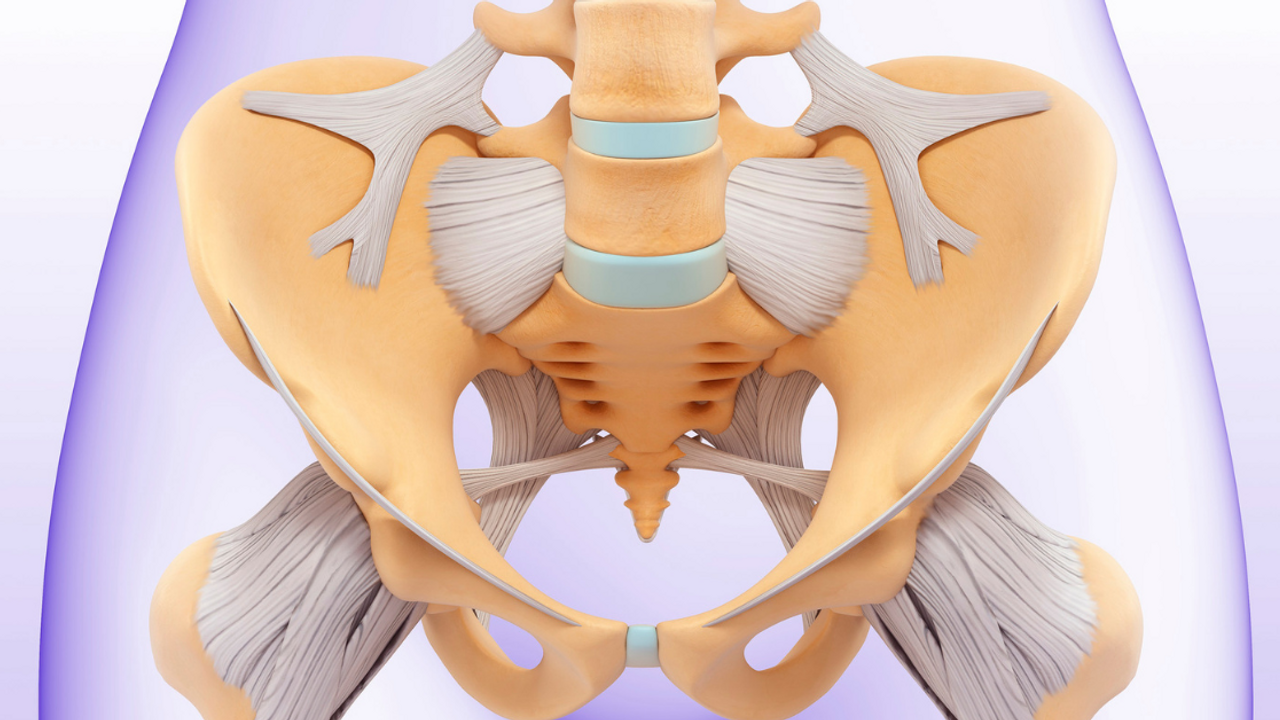Pelvic Floor Dysfunction During Menopause
Feb 22, 2020
The role of the pelvis in overall health and quality of life for menopausal women is, unfortunately, often overlooked. Considering that 32% of women in their 50s have some sort of pelvic floor dysfunction (PFD) and that 68% of postmenopausal women reported not being informed about the pelvic floor, highlights just how important it is to have conversations about this topic.
The pelvis is the foundation of the skeletal system and it connects with the spine and the top of the legs. Any misalignment within this structure will have a domino effect. Upwards through the spine and downwards through the legs. When the pelvis can't move through its natural pattern, the muscles around it will get overworked. This can result in tightness and pain such as lower back and knee pain, or tightness in the hips and hamstrings. But a misaligned pelvis can also have more severe effects such as contributing to PFD, which is a common concern amongst menopausal women. Any misalignment within the lumbopelvic complex can cause the pelvic floor muscles (PFM) to be unable to function correctly. The PFM form the floor of the pelvic base and help maintain continence by actively supporting the pelvic organs. When those muscles are inhibited by misalignment, are either too weak/too tight, or are incorrectly used, PFD can happen.
Lumbopelvic abnormalities
Excessive anterior pelvic tilt:
- Forward rotation/downward tilt of the pelvis
- The back of the pelvis appears to be much higher than the front (sometimes visible when the waistband sits really high on the back and low on the front)
Excessive lumbar lordosis:
Excessive curvature in the arch of the lower back, which can cause pain and dysfunction
Posterior pelvic tilt:
Front of the pelvis appears higher than the back
What can you do?
Learn the Neutral Position of the Pelvis
If you don't know what to look for, it's difficult to make adjustments. Make it a priority to know how to find neutral position.
- Place one hand on the bony structure on the front of each hip
- Index fingers should touch and be parallel to the ground
- Look down at your hands and posteriorly tilt the pelvis until you can see both index and second fingers of both hands
This is neutral position of the pelvis
Corrective action for misalignment
To avoid any chronic problems stemming from misalignment, you must correct any structural deviations in the lumbopelvic region. There are several ways you can approach these deviations:
- Use a foam roller and stretch routine on a daily basis
- Work with a fitness/health professional that is familiar with these types of alignment issues
- Chiropractic treatment/adjustments
Strengthen your pelvic floor muscles
Kegel exercises are your PFMs workout. These exercises can be done anywhere and only take a few minutes a day. They are incredibly important in preventing pelvic floor problems such as urinary incontinence. They are performed by repeatedly squeezing and relaxing the PFMs. For a step-by-step guide for doing Kegels, you can hop over to National Association For Continence



